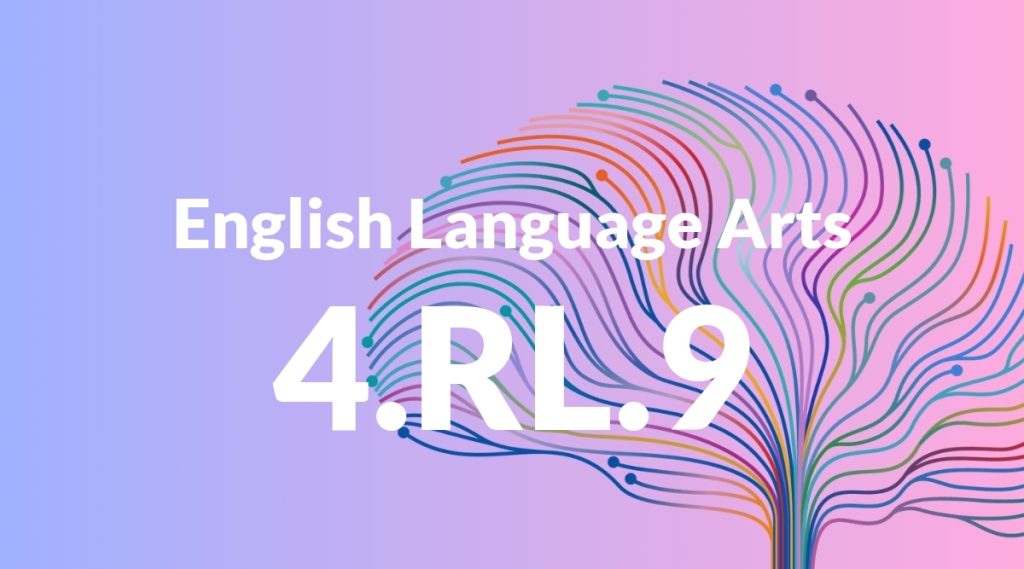Standard: 4.RL.9 – Compare and contrast the treatment of similar themes and topics (e.g., opposition of good and evil) and patterns of events (e.g., the quest) in stories, myths, and traditional literature from different cultures.
Grade level: Grade 4
Subject: English Language Arts
Domain: Reading: Literature
Teacher Overview
This standard focuses on helping students compare and contrast themes and topics in literature from different cultures. It is important because it fosters critical thinking, cultural awareness, and a deeper understanding of universal literary themes. Students should be familiar with identifying themes and topics in individual stories and have some exposure to myths, fairy tales, and traditional literature.
After mastering this standard, students will be able to critically analyze literature, recognize universal themes, and appreciate the diversity of literary traditions across cultures.
Common Misconception 1
A common misconception is that themes are unique to each story. This is incorrect because many stories share universal themes such as good vs. evil, which can be found across different cultures and genres.
Intervention 1
To address this misconception, teachers can provide examples of common themes in various stories and facilitate discussions on how different authors approach these themes.
Common Misconception 2
Another misconception is that stories from different cultures are too different to compare. This is incorrect as many cultural stories share similar patterns of events and themes.
Intervention 2
Teachers can use Venn diagrams and other graphic organizers to help students visually compare and contrast stories from different cultures, highlighting their similarities and differences.
Prerequisite Knowledge
Students should have a basic understanding of themes and topics in literature, as well as familiarity with different types of stories such as myths, fairy tales, and traditional literature.
Subsequent Knowledge
Students will develop the ability to critically analyze literature, recognize universal themes across cultures, and appreciate the diversity of literary traditions.
Instructional Activities
- Read and discuss fairy tales from different cultures
- Compare mythological stories from various civilizations using Venn diagrams
- Analyze the theme of good vs. evil in superhero comics
- Identify and discuss quests in adventure novels




